That is the opinion given by Mr. Nguyen Tuan, Head of Trade Department, Vietnam Oil and Gas Technical Services Corporation (PTSC) at the Seminar "Electricity Law (amended): Legal gaps need to be filled and supplemented in the spirit of Resolution 55-NQ/TW, Conclusion 76-KL/TW" on October 16.
The draft currently has 130 articles, however the section on offshore wind power has only 9 articles, providing general, general provisions.
Petrovietnam and PTSC have proposed 17 issues with the aim of clarifying development orientation and policies, however, only 4 targets have been accepted. The recommendations that have not been accepted include: Orientation and models for development stages; institutionalizing the role of Petrovietnam according to Conclusion 76-KL/TW; unifying the management focal point and the role of the Government; synchronization of land allocation with sea areas; clear mechanism for offshore wind power export.

This leads to ambiguity in the procedures for offshore wind power, lack of mechanisms to develop sustainable projects; creates a legal gap for offshore wind power exports; and does not create leverage for investment and development of the offshore wind power supply chain in Vietnam.
In particular, according to Mr. Tuan, offshore wind power projects are a new field in Vietnam that is in great need of a pilot mechanism, therefore, PTSC recommends that the Draft Law assign the Government and the Prime Minister to decide on the development phases of the industry; criteria for selecting investors, decentralization of authority, procedures for approving policies; pilot development of offshore wind power projects for domestic use and export.
PTSC representatives are concerned about the policy of bidding for offshore wind power projects when the market is still in its infancy, so they recommend developing this type of energy in stages, with different policies for each stage.
In addition, because offshore wind power investment is very expensive, Mr. Tuan suggested that incentives for offshore wind power need to have a breakthrough mechanism for investors. If there is no incentive mechanism, the market is not developed, then investors will turn away. No one dares to invest money without the government's incentive mechanism.
“For example, the State can exempt or reduce fees for sea surface use. The sea surface use area is quite large, so fees for sea surface use are a burden for businesses when investing. On the other hand, corporate income tax should also be considered throughout the project life cycle, because we already have a tax incentive mechanism for foreign investors, so we need a preferential mechanism for offshore wind power," PTSC representative suggested.
Discussing the problems of offshore wind power, Dr. Du Van Toan, Institute of Environmental, Marine and Island Sciences, Ministry of Natural Resources and Environment said that offshore wind power has good potential in Vietnam, especially in the South Central region, therefore, registering sea areas for survey and investment is "full of space".
According to Dr. Du Van Toan, there are currently 4 problems with offshore wind power projects as determined by the Ministry of Industry and Trade: It is unclear which authority has the authority to assign sea areas, permit or approve organizations to use sea areas to carry out measurement, monitoring, investigation, exploration, and survey activities to serve the establishment of offshore wind power projects.
The national marine spatial planning has not been approved, so there is no basis for implementing the VIII Power Plan. There are problems with the authority to approve investment policies. Conditions for market access for foreign investors in the offshore wind power sector. Mr. Toan acknowledged that the planning story needs the Electricity Law (amended) to soon review the licensing issue with measurement standards.
Based on that reality, Dr. Du Van Toan proposed a mechanism to serve the pilot project, recommending that the National Assembly issue a Resolution on piloting offshore wind power development, with a scale of 1,000 MW - 2,000 MW, and at the same time stipulating the implementation time and price.
Regarding the area and location of the survey, Mr. Toan said that PTSC should propose to conduct a pilot project in the sea area of Quang Ninh or Binh Thuan - two areas with good wind, favorable for sea transportation and easy to mobilize partners. In addition, Mr. Toan also mentioned the pilot mechanisms for preliminary survey, time, area, capital, management - acceptance - evaluation process.
Source: https://vietnamnet.vn/doanh-nghiep-lo-kho-dat-muc-tieu-6-000mw-dien-gio-ngoai-khoi-2332636.html




![[Photo] General Secretary To Lam concludes visit to Russia, departs for Belarus](https://vphoto.vietnam.vn/thumb/1200x675/vietnam/resource/IMAGE/2025/5/11/0acf1081a95e4b1d9886c67fdafd95ed)
![[Photo] General Secretary To Lam meets and expresses gratitude to Vietnam's Belarusian friends](https://vphoto.vietnam.vn/thumb/1200x675/vietnam/resource/IMAGE/2025/5/11/c515ee2054c54a87aa8a7cb520f2fa6e)
![[Photo] General Secretary To Lam arrives in Minsk, begins state visit to Belarus](https://vphoto.vietnam.vn/thumb/1200x675/vietnam/resource/IMAGE/2025/5/11/76602f587468437f8b5b7104495f444d)

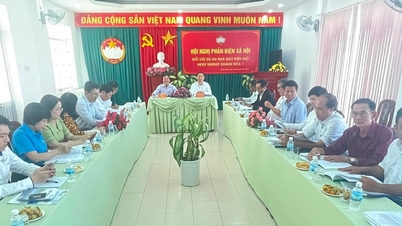

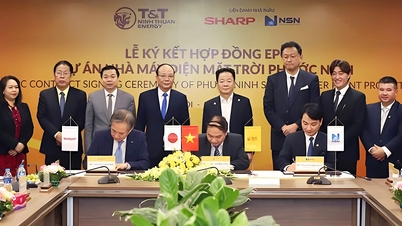


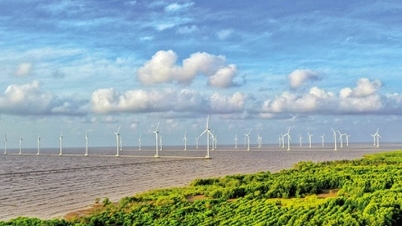

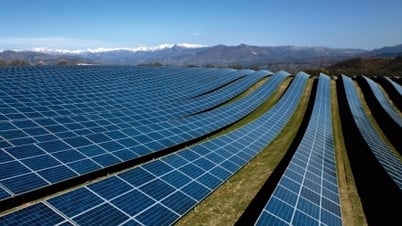

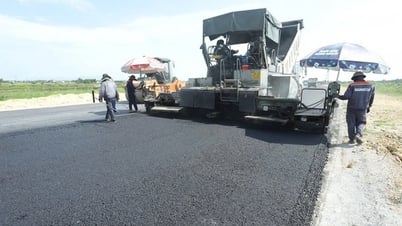
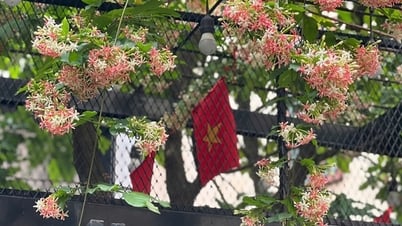

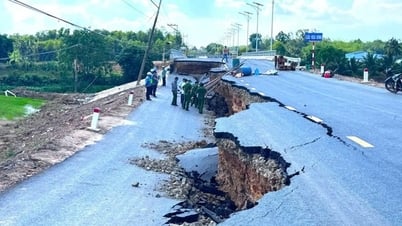













![[Photo] National Assembly Chairman Tran Thanh Man attends the Party Congress of the Committee for Culture and Social Affairs](https://vphoto.vietnam.vn/thumb/1200x675/vietnam/resource/IMAGE/2025/5/11/f5ed02beb9404bca998a08b34ef255a6)




























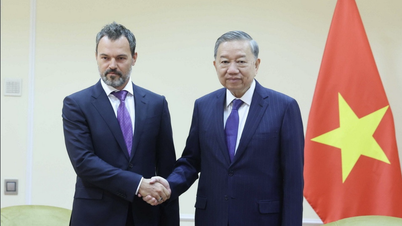













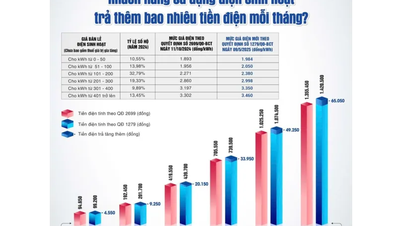

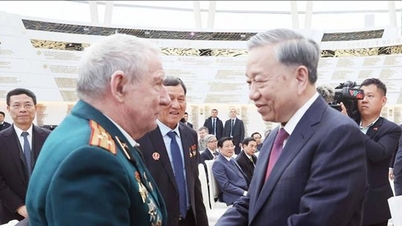





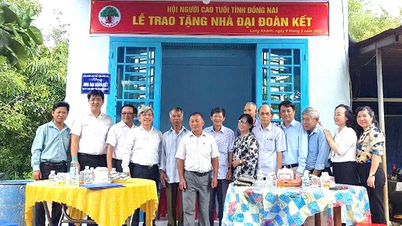










Comment (0)